Choosing the right paint brushes is crucial to achieving the desired results in any art project. The variety of shapes, sizes, and materials can be overwhelming, but understanding the purpose and potential of each brush type can significantly enhance your painting experience. Whether you’re working on fine details or broad washes, the correct brush can make all the difference. In this article, we’ll explore the factors to consider when selecting paint brushes, the different types of brushes and their uses, care and maintenance tips, and strategies for building a versatile brush collection.
Understanding Brush Types and Their Specific Uses
Paint brushes come in numerous shapes and sizes, each serving a unique purpose. Round brushes are versatile and ideal for fine lines and details, while flat brushes work well for bold, straight strokes and filling wide spaces. Filbert brushes, with their oval shape, are perfect for blending and soft edges. Each shape offers a different stroke style and paint holding capacity, so understanding these differences is key when selecting brushes for your project.
Material Matters: Natural vs. Synthetic Bristles
Brush bristles are typically made from natural animal hair or synthetic fibers. Natural hair brushes, often sable or hog, hold paint well and offer a smooth application, which is ideal for detailed work in watercolor and oil painting. Synthetic brushes, on the other hand, are durable and cost-effective, making them suitable for acrylics and other heavy-bodied paints. They also offer excellent snap and spring, retaining their shape after each stroke.
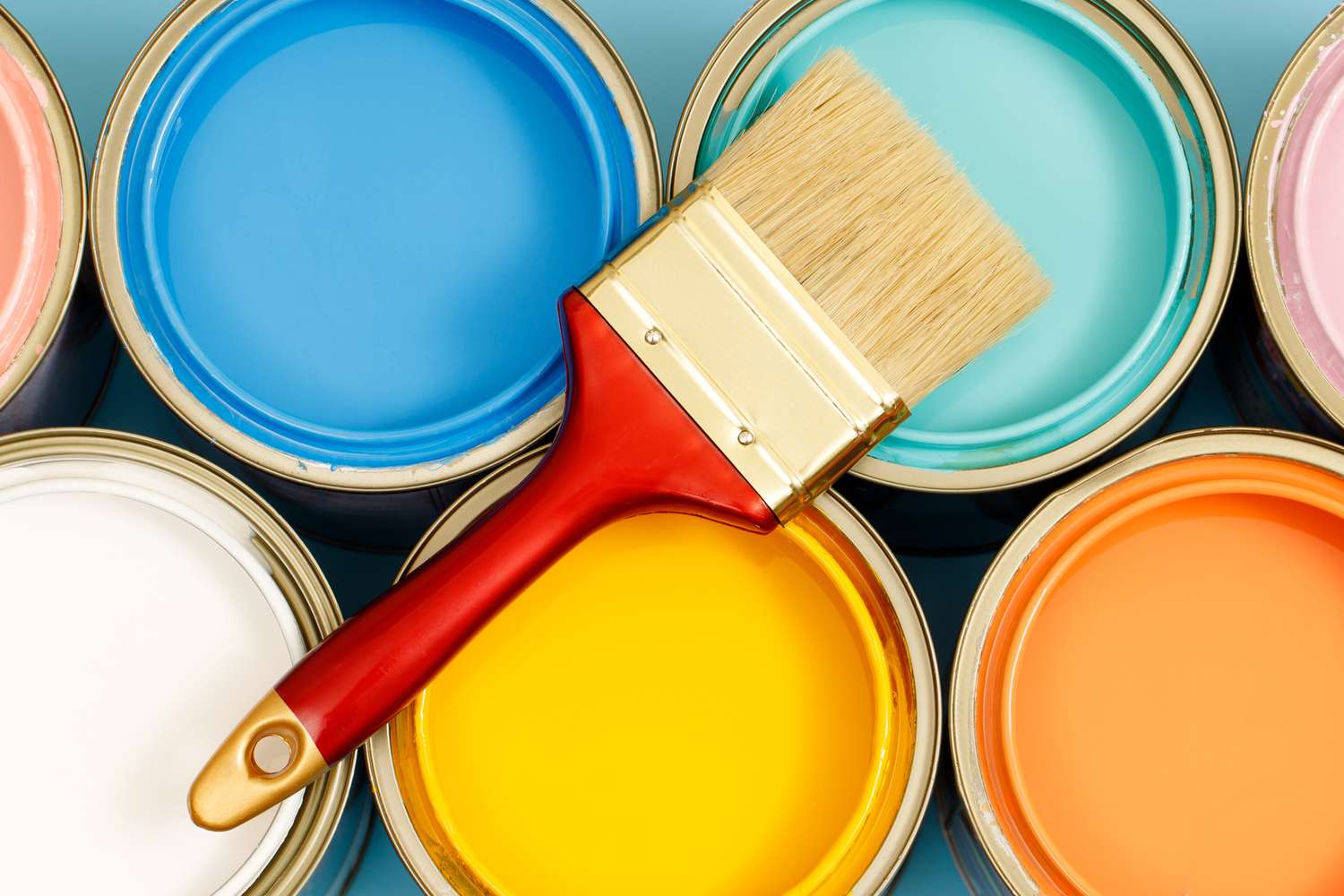
Caring for Your Brushes to Ensure Longevity
Proper Cleaning Techniques
Taking care of your paint brushes is essential to maintain their performance and extend their lifespan. After each painting session, clean your brushes thoroughly with the appropriate solvent—water for acrylics and watercolors, turpentine or mineral spirits for oils. Gently reshape the bristles and let the brushes dry horizontally to prevent water from loosening the glue in the ferrule.
Storage and Handling
Proper storage is just as important as cleaning. Store brushes bristle-up in a brush holder or lay them flat in a drawer to avoid bending the bristles. Avoid leaving brushes bristle-down in a jar, as this can cause permanent bending and damage. Handle brushes with care, and never use fine brushes to mix paint, as this can quickly ruin their delicate bristles.
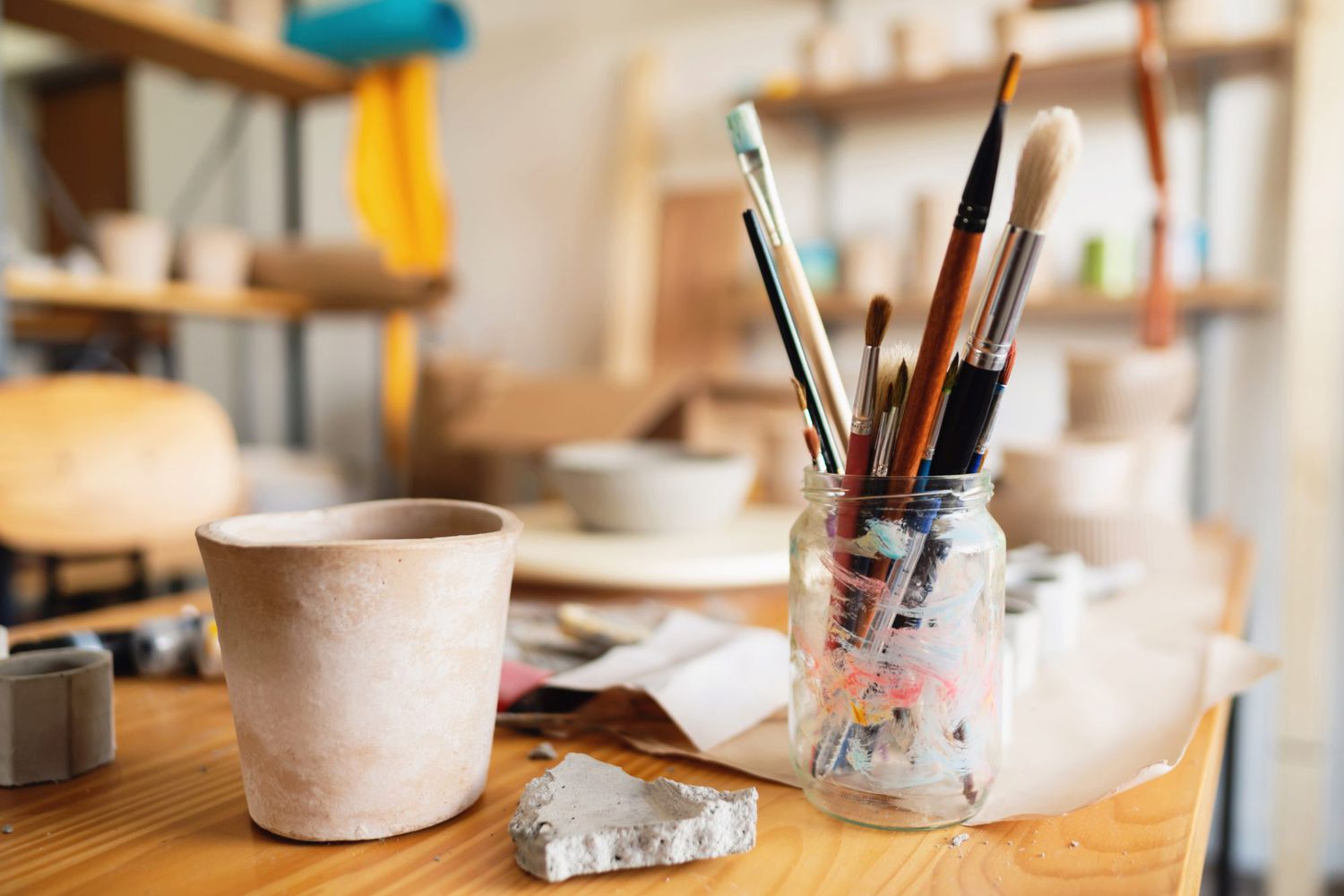
Building a Versatile Brush Collection for All Projects
Essential Brushes for Beginners
Beginners should start with a basic collection that covers a range of techniques. A couple of round brushes (small and medium), a medium flat or bright brush, and a larger wash brush form a good foundation. This selection allows new artists to experiment with different strokes and painting styles without overwhelming them with too many choices.
Expanding Your Toolkit as Skills Develop
As you become more experienced, expand your collection to include specialized brushes like fans for texture, riggers for long, fluid lines, and angled brushes for precise edges. Having a variety of brushes at your disposal encourages experimentation and growth in your art. Remember to choose quality over quantity; a few high-quality brushes are better than a large set of poor-quality ones.
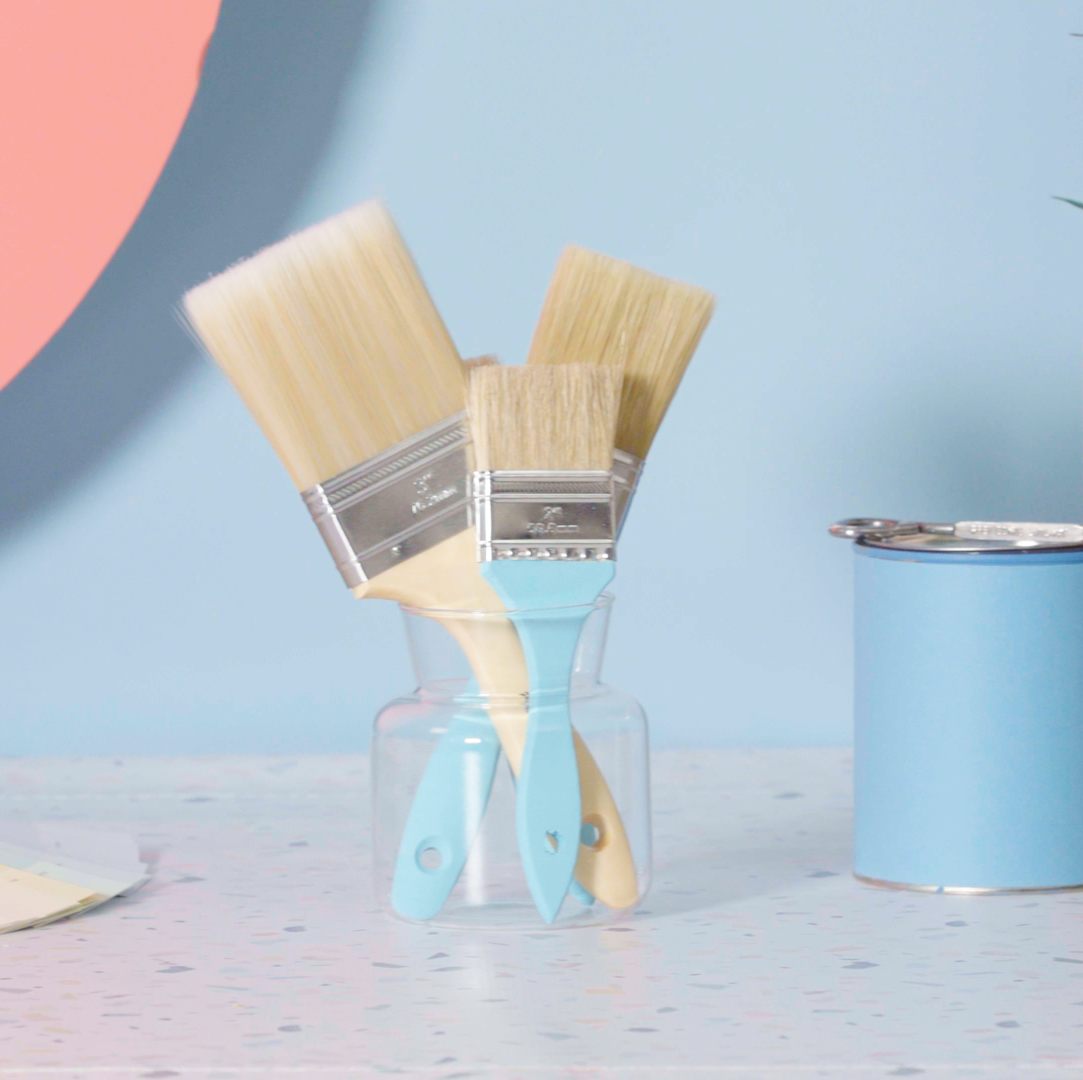
Maximizing Efficiency with the Right Brush
Matching Brush to Paint and Surface
To maximize the efficiency of your painting process, match your brush choice to the type of paint and surface you’re using. Stiff-bristled brushes work best for applying thick paint to canvas or textured surfaces, while soft-bristled brushes are ideal for smooth applications on paper or fine art panels. Consider the absorbency and texture of your painting surface when selecting brushes.
Adapting Brush Selection for Advanced Techniques
Advanced painting techniques may require more specific brush types. For instance, dry brushing benefits from a brush with stiffer bristles that can hold less paint, while glazing techniques require a soft, smooth brush for thin, even layers. Having a diverse brush set allows you to adapt to any painting technique and achieve the best possible outcome for your art project.
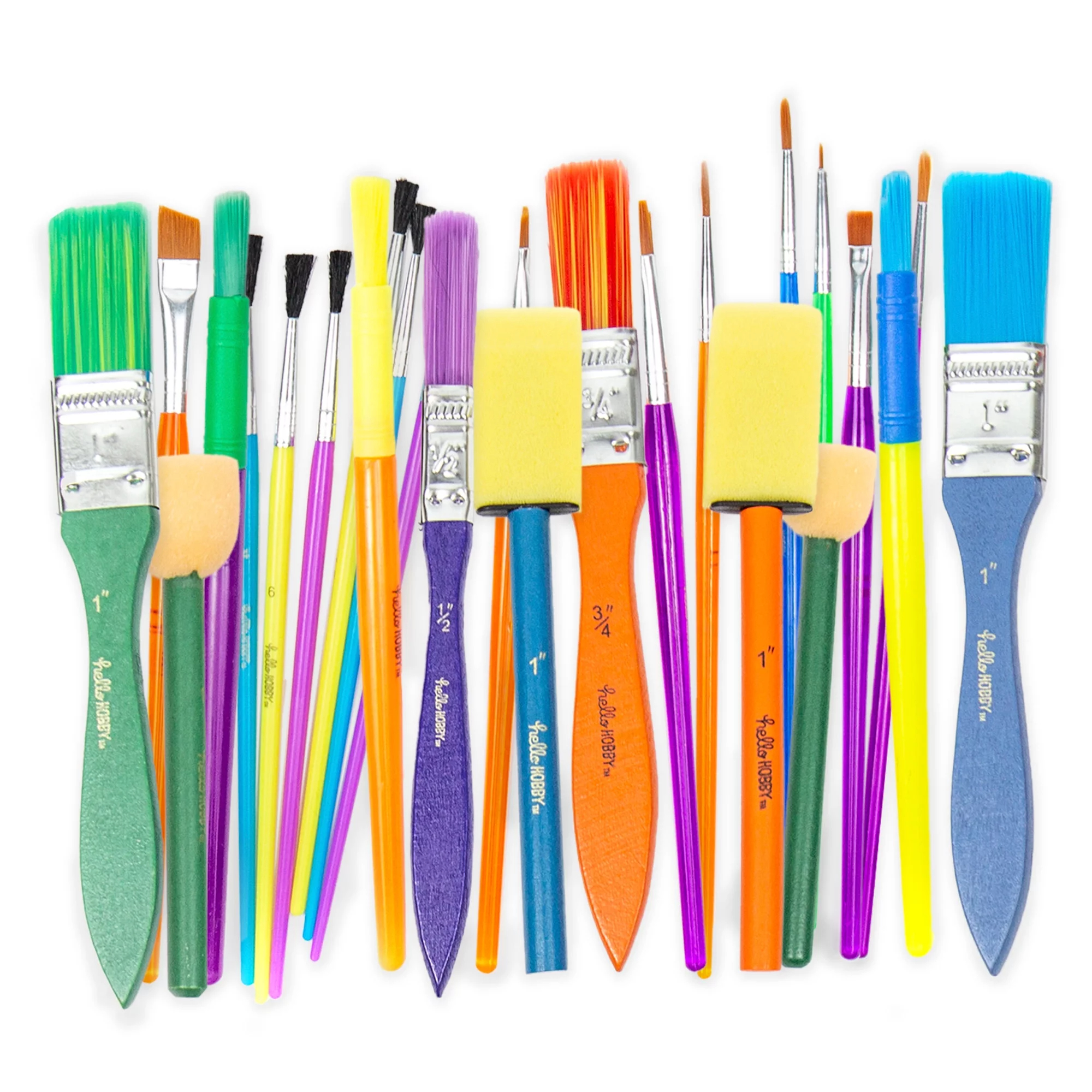
Fine-Tuning Your Painting Style with Specialized Brushes
Detail Work with Precision Brushes
When working on projects that require intricate details, such as miniature painting or fine line work in illustrations, precision brushes become indispensable. Look for small, pointed rounds or liners with fine tips to achieve the level of detail needed. These brushes allow for controlled strokes and can hold a surprising amount of paint despite their size, making them perfect for the delicate aspects of your artwork.
Experimenting with Unusual Brush Shapes
Beyond the standard shapes, there’s a world of unusual and specialized brush designs to explore. Dagger or sword brushes create unique, sweeping strokes that can add flair to your work. Fan brushes can be used for blending, texturing, or creating special effects like foliage in landscapes. Experimenting with these unconventional shapes not only expands your creative toolkit but also can lead to new and exciting painting styles.
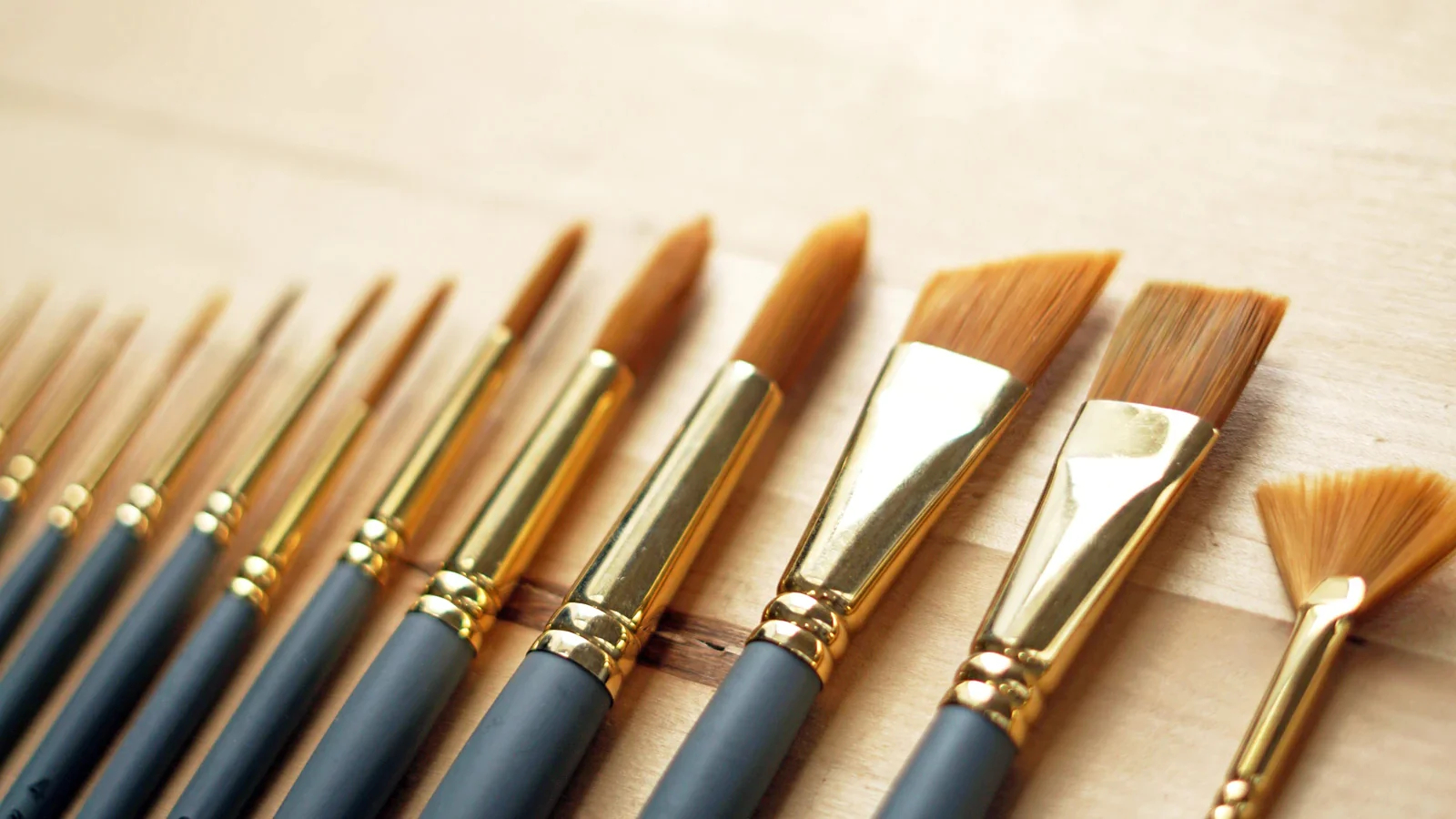
Balancing Cost and Quality When Purchasing Brushes
Investing in Long-Lasting Brushes
While it’s tempting to opt for inexpensive brushes, especially when first starting out, investing in higher-quality brushes can save money in the long run. Quality brushes, if properly cared for, can last many years. They maintain their shape and bristle integrity over time, providing consistent results. Consider purchasing a few high-quality brushes instead of a large set of cheaper ones, focusing on the types of brushes you use most frequently.
Finding the Best Deals on Art Supplies
To get the best value for your money, keep an eye out for sales at art supply stores or online. Some manufacturers also offer brush sets that provide a good balance of quality and affordability, giving you a variety of essential brushes at a lower cost. Additionally, art supply memberships and student discounts can make purchasing quality brushes more affordable.
Adapting Brush Choices as Your Artistic Journey Evolves
Reflecting on Personal Growth and Preferences
As your artistic journey progresses, your preference in brushes may change. You might find certain shapes or sizes more conducive to your evolving style or discover that you prefer the handling of either natural or synthetic bristles. Periodically reassess your brush collection to ensure it aligns with your current artistic needs and preferences.
Upgrading or Expanding Your Collection
An artist’s brush collection is never static; it should grow and change with experience. As you continue to develop your skills and experiment with new techniques, you may find the need to upgrade or expand your brush collection. This could mean investing in more specialized brushes or replacing well-worn favorites with new ones that offer improved performance.
Selecting the perfect paint brushes for your art projects involves understanding. You need to know the various brush types. Understanding the materials they are made from is essential. Knowing their intended uses is crucial. Caring for your brushes properly is important. Building a versatile collection that matches your experience level and technique requirements is key. You can ensure that you always have the right tool for the job. With the right brushes in hand, you’ll be well-equipped. You’ll be able to bring your artistic visions to life, no matter the project at hand.